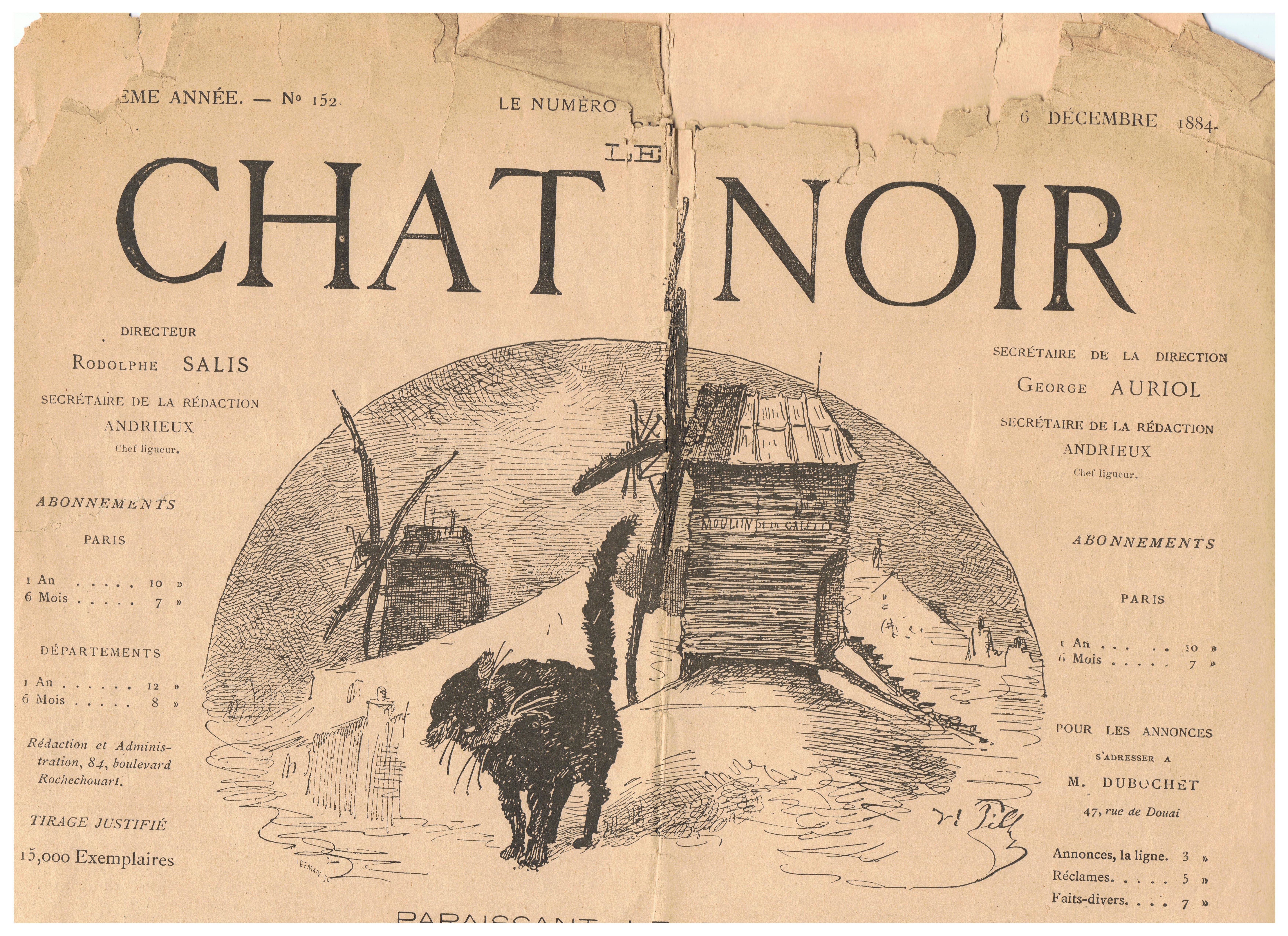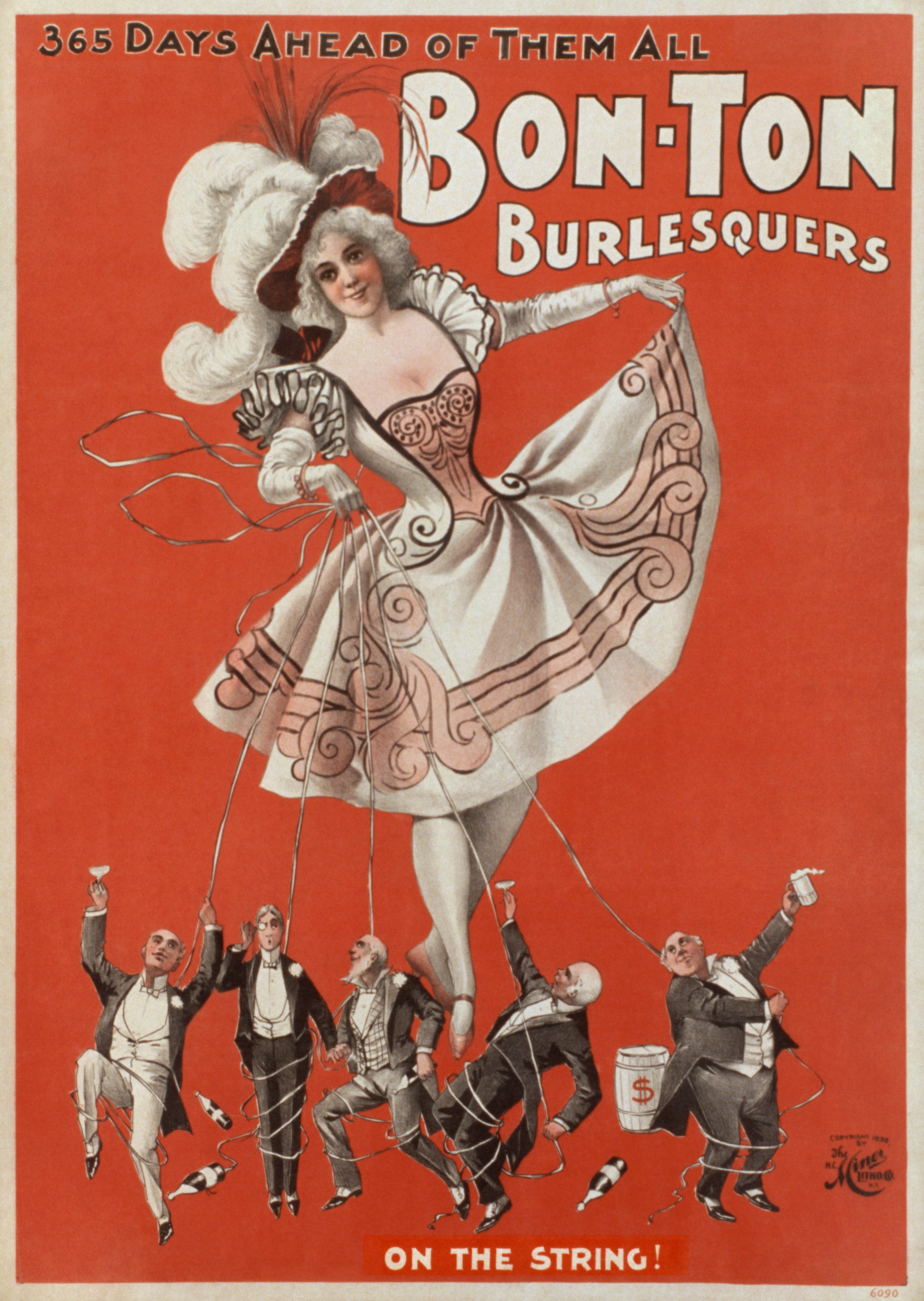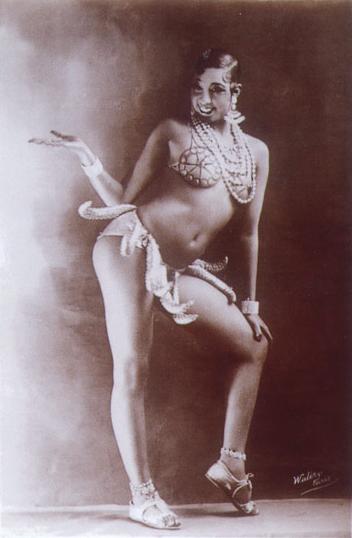|
Cabare
Cabaret is a form of theatrical entertainment featuring music, song, dance, recitation, or drama. The performance venue might be a pub, a casino, a hotel, a restaurant, or a nightclub with a stage for performances. The audience, often dining or drinking, does not typically dance but usually sits at tables. Performances are usually introduced by a master of ceremonies or MC. The entertainment, as done by an ensemble of actors and according to its European origins, is often (but not always) oriented towards adult audiences and of a clearly underground nature. In the United States, striptease, burlesque, drag shows, or a solo vocalist with a pianist, as well as the venues which offer this entertainment, are often advertised as cabarets. Etymology The term originally came from Picard language or Walloon language words ''camberete'' or ''cambret'' for a small room (12th century). The first printed use of the word ''kaberet'' is found in a document from 1275 in Tournai. The term was ... [...More Info...] [...Related Items...] OR: [Wikipedia] [Google] [Baidu] |
Le Chat Noir
Le Chat Noir (; French for "The Black Cat") was a nineteenth-century entertainment establishment, in the bohemian Montmartre district of Paris. It was opened on 18 November 1881 at 84 Boulevard de Rochechouart by the impresario Rodolphe Salis, and closed in 1897 not long after Salis' death. ''Le Chat Noir'' is thought to be the first modern cabaret: a nightclub where the patrons sat at tables and drank alcoholic beverages while being entertained by a variety show on stage. The acts were introduced by a master of ceremonies who interacted with well-known patrons at the tables. Its imitators have included cabarets from St. Petersburg ('' Stray Dog Café'') to Barcelona (''Els Quatre Gats'') to London's ''Cave of the Golden Calf''. In its heyday it was a bustling nightclub that was part artist salon, part rowdy music hall. From 1882 to 1895 the cabaret published a weekly magazine with the same name, featuring literary writings, news from the cabaret and Montmartre, poetry, and ... [...More Info...] [...Related Items...] OR: [Wikipedia] [Google] [Baidu] |
Montmartre
Montmartre ( , ) is a large hill in Paris's northern 18th arrondissement. It is high and gives its name to the surrounding district, part of the Right Bank. The historic district established by the City of Paris in 1995 is bordered by Rue Caulaincourt and Rue Custine on the north, the Rue de Clignancourt on the east and the Boulevard de Clichy and Boulevard de Rochechouart to the south, containing . Montmartre is primarily known for its artistic history, the white-domed Basilica of the Sacré-Cœur on its summit, as well as a nightclub district. The other church on the hill, Saint Pierre de Montmartre, built in 1147, was the church of the prestigious Montmartre Abbey. On 15 August 1534, Saint Ignatius of Loyola, Saint Francis Xavier and five other companions bound themselves by vows in the Martyrium of Saint Denis, 11 Rue Yvonne Le Tac, the first step in the creation of the Jesuits. Near the end of the 19th century and at the beginning of the 20th, during the Belle Époq ... [...More Info...] [...Related Items...] OR: [Wikipedia] [Google] [Baidu] |
Rodolphe Salis
Louis Rodolphe Salis (29 May 1851 – 20 March 1897) was the creator, host and owner of the Le Chat Noir ("The Black Cat") cabaret (known briefly in 1881 at its beginning as "Cabaret Artistique"). With this establishment Salis is remembered as the creator of the modern cabaret: a nightclub where the patrons could sit at tables with alcoholic drinks and enjoy variety acts on a stage, introduced by a master of ceremonies who interacted with the audience. Biography The son of a distiller in Châtellerault, Salis came to Paris in 1872, after leaving the regiment in which he had undertaken military service. He moved into the Hotel de Rome on Rue de Seine, in the Latin Quarter. He founded "L'école vibrante" (The Vibrant School), soon renamed the "L'école iriso-subversive de Chicago" (The Chicago Iriso-Subversive School) in order to draw attention to his artistic group. In fact he was earning a living by making stations of the cross and other religious objects, that he and his frien ... [...More Info...] [...Related Items...] OR: [Wikipedia] [Google] [Baidu] |
Restaurant
A restaurant is a business that prepares and serves food and drinks to customers. Meals are generally served and eaten on the premises, but many restaurants also offer take-out and food delivery services. Restaurants vary greatly in appearance and offerings, including a wide variety of cuisines and service models ranging from inexpensive fast-food restaurants and cafeterias to mid-priced family restaurants, to high-priced luxury establishments. Etymology The word derives from early 19th century from French word 'provide food for', literally 'restore to a former state' and, being the present participle of the verb, The term ''restaurant'' may have been used in 1507 as a "restorative beverage", and in correspondence in 1521 to mean 'that which restores the strength, a fortifying food or remedy'. History A public eating establishment similar to a restaurant is mentioned in a 512 BC record from Ancient Egypt. It served only one dish, a plate of cereal, wild fowl, and ... [...More Info...] [...Related Items...] OR: [Wikipedia] [Google] [Baidu] |
Nightclub
A nightclub (music club, discothèque, disco club, or simply club) is an entertainment venue during nighttime comprising a dance floor, lightshow, and a stage for live music or a disc jockey (DJ) who plays recorded music. Nightclubs generally restrict access to people in terms of age, attire, personal belongings, and inappropriate behaviors. Nightclubs typically have dress codes to prohibit people wearing informal, indecent, offensive, or gang-related attire from entering. Unlike other entertainment venues, nightclubs are more likely to use bouncers to screen prospective patrons for entry. The busiest nights for a nightclub are Friday and Saturday nights. Most nightclubs cater to a particular music genre or sound for branding effects. Some nightclubs may offer food and beverages (including alcoholic beverages). History Early history In the United States, New York increasingly became the national capital for tourism and entertainment. Grand hotels were built for upsc ... [...More Info...] [...Related Items...] OR: [Wikipedia] [Google] [Baidu] |
Café-chantant
(French: lit. 'singing café'), , or , is a type of musical establishment associated with the Belle Époque in France. The music was generally lighthearted and sometimes risqué or even bawdy but, as opposed to the cabaret tradition, not particularly political or confrontational. Although there is much overlap of definition with cabaret, music hall, vaudeville, etc., the was originally an outdoor café where small groups of performers performed popular music for the public. National variations The tradition of such establishments as a venue for music has its origins in Paris and London of the eighteenth century. Such establishments gained their widest popularity in the late nineteenth and early twentieth centuries with the growth of various other national "schools" of ''cafè chantant'' (besides French). Thus, one spoke of an Italian café chantant, German café chantant, or Austrian café chantant. For example, at least one Victorian era premises in England was known a ... [...More Info...] [...Related Items...] OR: [Wikipedia] [Google] [Baidu] |
American Burlesque
American burlesque is a genre of variety show derived from elements of Victorian burlesque, music hall and minstrel shows. Burlesque became popular in America in the late 1860s and slowly evolved to feature ribald comedy and female nudity. By the late 1920s, the striptease element overshadowed the comedy and subjected burlesque to extensive local legislation. Burlesque gradually lost popularity beginning in the 1940s. A number of producers sought to capitalize on nostalgia for the entertainment by recreating burlesque on the stage and in Hollywood films from the 1930s to the 1960s. There has been a resurgence of interest in this format since the 1990s. Literary and theatrical origins The term "burlesque" more generally means a literary, dramatic or musical work intended to cause laughter by caricaturing the manner or spirit of serious works, or by ludicrous treatment of their subjects. [...More Info...] [...Related Items...] OR: [Wikipedia] [Google] [Baidu] |
Striptease
A striptease is an erotic or exotic dance in which the performer gradually undresses, either partly or completely, in a seductive and sexually suggestive manner. The person who performs a striptease is commonly known as a " stripper" or an "exotic dancer". In Western countries, the venues where stripteases are performed on a regular basis are now usually called strip clubs, though they may be performed in venues such as pubs (especially in the United Kingdom), theaters and music halls. At times, a stripper may be hired to perform at a bachelor or bachelorette party. In addition to providing adult entertainment, stripping can be a form of sexual play between partners. This can be done as an impromptu event or – perhaps for a special occasion – with elaborate planning involving fantasy wear, music, special lighting, practiced dance moves, or unrehearsed dance moves. Striptease involves a slow, sensuous undressing. The stripper may prolong the undressing wit ... [...More Info...] [...Related Items...] OR: [Wikipedia] [Google] [Baidu] |
Middle Dutch
Middle Dutch is a collective name for a number of closely related West Germanic dialects whose ancestor was Old Dutch. It was spoken and written between 1150 and 1500. Until the advent of Modern Dutch after 1500 or c. 1550, there was no overarching standard language, but all dialects were mutually intelligible. During that period, a rich Medieval Dutch literature developed, which had not yet existed during Old Dutch. The various literary works of the time are often very readable for speakers of Modern Dutch since Dutch is a rather conservative language. Phonology Differences with Old Dutch Several phonological changes occurred leading up to the Middle Dutch period. * Earlier Old Dutch , , merge into already in Old Dutch. * Voiceless fricatives become voiced syllable-initially: > , > (merging with from Proto-Germanic ), > . (10th or 11th century) * > * > or . The outcome is dialect-specific, with found in more western dialects and further east. This results in late ... [...More Info...] [...Related Items...] OR: [Wikipedia] [Google] [Baidu] |
La Fontaine
Jean de La Fontaine (, , ; 8 July 162113 April 1695) was a French fabulist and one of the most widely read French poets of the 17th century. He is known above all for his ''Fables'', which provided a model for subsequent fabulists across Europe and numerous alternative versions in France, as well as in French regional languages. After a long period of royal suspicion, he was admitted to the French Academy and his reputation in France has never faded since. Evidence of this is found in the many pictures and statues of the writer, later depictions on medals, coins and postage stamps. Life Early years La Fontaine was born at Château-Thierry in France. His father was Charles de La Fontaine, maître des eaux et forêts – a kind of deputy-ranger – of the Duchy of Château-Thierry; his mother was Françoise Pidoux. Both sides of his family were of the highest provincial middle class; though they were not noble, his father was fairly wealthy. Jean, the eldest child, was educ ... [...More Info...] [...Related Items...] OR: [Wikipedia] [Google] [Baidu] |
Jean Racine
Jean-Baptiste Racine ( , ) (; 22 December 163921 April 1699) was a French dramatist, one of the three great playwrights of 17th-century France, along with Molière and Corneille as well as an important literary figure in the Western tradition and world literature. Racine was primarily a tragedian, producing such "examples of neoclassical perfection" as ''Phèdre'', '' Andromaque'', and '' Athalie''. He did write one comedy, '' Les Plaideurs'', and a muted tragedy, '' Esther'' for the young. Racine's plays displayed his mastery of the dodecasyllabic (12 syllable) French alexandrine. His writing is renowned for its elegance, purity, speed, and fury, and for what American poet Robert Lowell described as a "diamond-edge", and the "glory of its hard, electric rage". Racine's dramaturgy is marked by his psychological insight, the prevailing passion of his characters, and the nakedness of both plot and stage. Biography Racine was born on 21 December 1639 in La Ferté-Milon ... [...More Info...] [...Related Items...] OR: [Wikipedia] [Google] [Baidu] |





.jpg)




